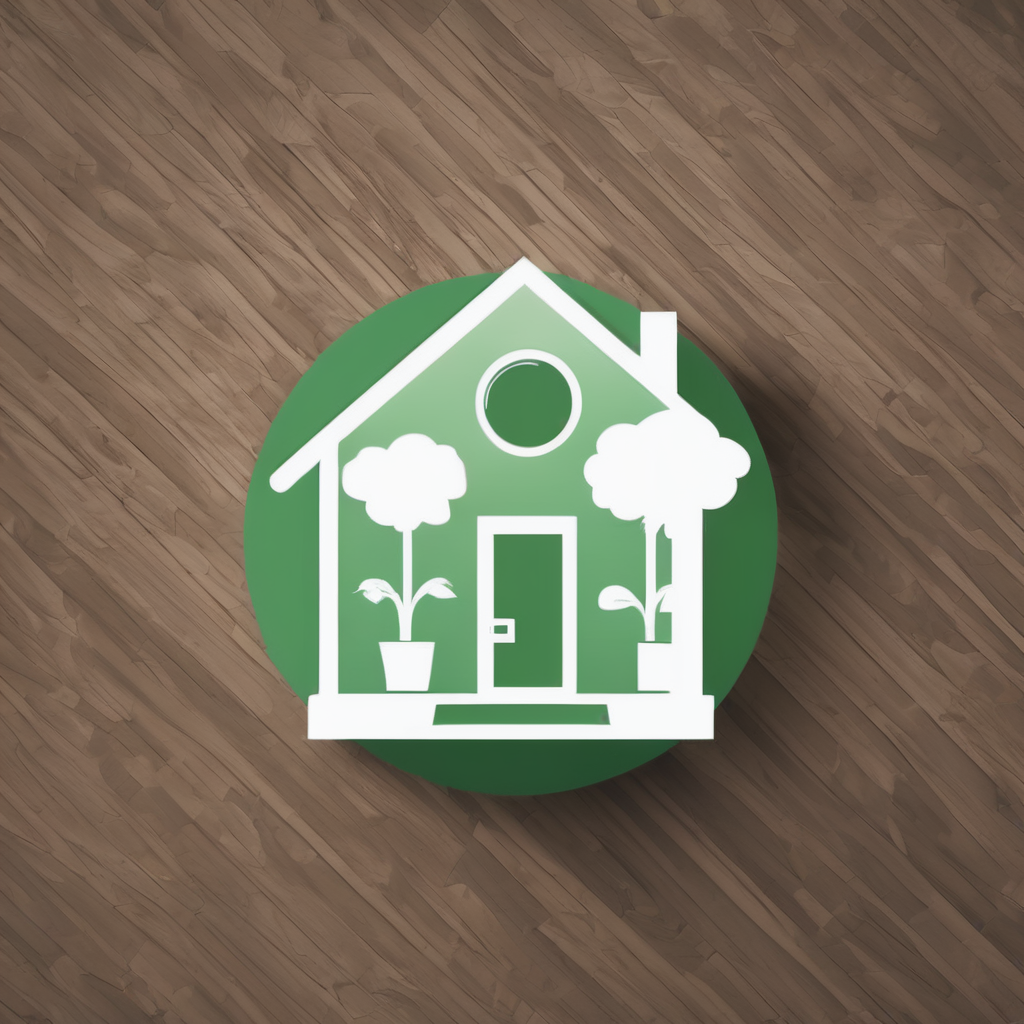Defining Features of the UK Cottage Garden Style
The cottage garden style UK is renowned for its charming informality and lush, dense planting. Unlike formal garden designs, this style emphasizes a natural, relaxed atmosphere where plants intermingle freely, creating a harmonious tapestry. Essential to this approach is the traditional cottage garden, which prioritizes a mix of flowers, herbs, and vegetables arranged in close proximity.
Key elements include a rich diversity of blooms such as roses, foxgloves, and hollyhocks, alongside practical plants like herbs and edible vegetables. This dense, almost untamed planting fosters a vibrant ecosystem, attracting pollinators and encouraging biodiversity. The style’s informality avoids rigid lines, instead embracing winding paths and asymmetrical beds.
Additional reading : How Can We Transform Our UK Gardens into Eco-Friendly Paradises?
Historically, the cottage garden style UK draws from rural traditions where peasants cultivated small plots near their homes. This practical foundation influences modern designs, marrying beauty with utility. Today’s interpretations celebrate this heritage by blending ornamental appeal with sustainable gardening, inviting enthusiasts to create spaces that feel both timeless and alive. This approach makes the traditional cottage garden a unique and enduring symbol of British garden culture.
Essential Plant Types and Combinations
Cottage garden plants UK enthusiasts favor combine timeless charm and resilience. The best cottage garden flowers often include perennials such as foxgloves, delphiniums, and lupins, prized for their sturdy growth and repeated bloom. Perennials form the garden’s backbone, returning year after year with vibrant color and structure.
Also read : What Are the Best Practices for Creating a Wildlife-Friendly Garden in the UK?
Self-seeding annuals, like poppies and sweet peas, contribute effortless renewal and welcome spontaneity. These annuals spread naturally, filling gaps with fresh life each season, which is essential for a dynamic, evolving garden.
Climbers such as honeysuckle and clematis provide vertical interest and soft screening, wrapping trellises or fences in lush growth and fragrance. Their upward growth maximizes space, essential when combining multiple plant types.
Integrating herbs like rosemary and thyme, alongside fruit bushes and vegetables, enriches the garden’s functionality. This combination supports biodiversity while offering culinary benefits, aligning with the classic UK cottage garden ethos of blending beauty with productivity. Expertly planned plant combinations balance height, texture, and bloom time, creating an inviting, graceful garden that changes delightfully through the seasons.
Layout Principles and Structural Elements
Creating a cottage garden layout relies heavily on blending natural charm with thoughtful structure. Paths and boundaries play crucial roles here, guiding movement and framing spaces without imposing rigidity. Winding paths, often formed with stepping stones, invite leisurely strolls through the garden, enhancing the relaxed ambiance that defines this style.
To establish clear zones within the garden design ideas, using hedges, low walls, or classic picket fences helps define space subtly. These elements provide gentle boundaries without disrupting the informal feel. For instance, a low box hedge can edge a flower border, while a picket fence might enclose a vegetable patch, organizing the garden without overly formal barriers.
Visual balance in a cottage garden is achieved by combining informal arrangements with design principles like rhythm and proportion. Mixed borders with a variety of perennials, shrubs, and climbers create layers of texture and color. These elements ensure the garden feels both natural and harmonious, balancing spontaneity with thoughtful planning.
In summary, effective cottage garden layout merges winding paths and natural boundaries with a structured yet informal aesthetic, making every inch inviting and charming.
Colour Schemes and Planting Themes
Choosing the right cottage garden colour palette is essential to creating a garden that’s both inviting and visually engaging. Traditional palettes often mix soft pastels—think pale pinks, lavenders, and creamy whites—with vibrant hues like deep blues and fiery oranges. This combination creates a dynamic yet harmonious effect, perfect for a garden that feels timeless but lively.
Planting schemes benefit from thoughtful layering of textures and heights. Taller plants, such as delphiniums or foxgloves, offer vertical interest, while lower-growing species like geraniums and sweet peas fill in beneath, contributing to a lush, abundant look. This strategic layering boosts the sense of depth and splendor that cottage gardens are known for.
A successful cottage garden colour palette also prioritizes seasonal succession to ensure continuous blooms throughout the year. By selecting early bloomers like primroses alongside late-season favorites such as asters, gardeners can maintain vibrancy even as the seasons change. This approach not only sustains visual interest but also supports pollinators and wildlife, enhancing the ecological value of the space.
Traditional UK Accessories and Decorative Touches
Adding garden accessories UK rooted in tradition is essential to capturing the charm of English outdoor spaces. Classic features like stone birdbaths and wooden benches enhance the ambiance, inviting moments of relaxation amid greenery. Rustic gates often mark the entrance to the garden, setting a quaint and welcoming tone.
Vertical structures such as arbors, pergolas, and trellises play a vital role in adding height and texture. They support climbing plants while providing a sense of enclosure, creating intimate zones within the garden. Their presence aligns perfectly with typical cottage garden features, contributing both beauty and function.
Authenticity is further amplified by incorporating vintage containers and timeless garden ornaments like sundials. These practical art pieces not only serve aesthetic purposes but also echo the historical roots of UK garden design. Using such elements helps maintain a balance between decoration and genuine usability, enriching the garden’s overall character.
Together, these traditional accessories and touches shape an inviting space that honors UK gardening heritage, so consider them when designing or refreshing your garden’s layout and style.
Practical Tips for Creating a Cottage Garden in the UK
Creating a charming cottage garden in the UK starts with careful soil preparation. Begin by testing your soil’s pH and texture to ensure it suits typical cottage garden plants, which prefer well-drained, fertile soil. Amend the soil with organic matter like compost or well-rotted manure to improve structure and nutrient content.
When planning your garden, focus on planting times aligned with the UK’s seasonal climate. Early spring is ideal for sowing many seeds, allowing plants to establish before summer blooms. Late autumn is perfect for planting bulbs and hardy perennials, ensuring vibrancy each year. Regular watering during dry periods supports healthy growth, especially for young plants.
Sourcing plants suited to UK conditions is essential. Opt for native species or those adapted to temperate climates, such as foxgloves, hollyhocks, and lavender. These plants not only thrive locally but also attract beneficial pollinators.
For ongoing maintenance, prune perennials after flowering, deadhead regularly, and keep an eye out for pests common in UK gardens. By following these cottage garden tips, you’ll create a vibrant, sustainable garden that captures the quintessential UK countryside feel.


